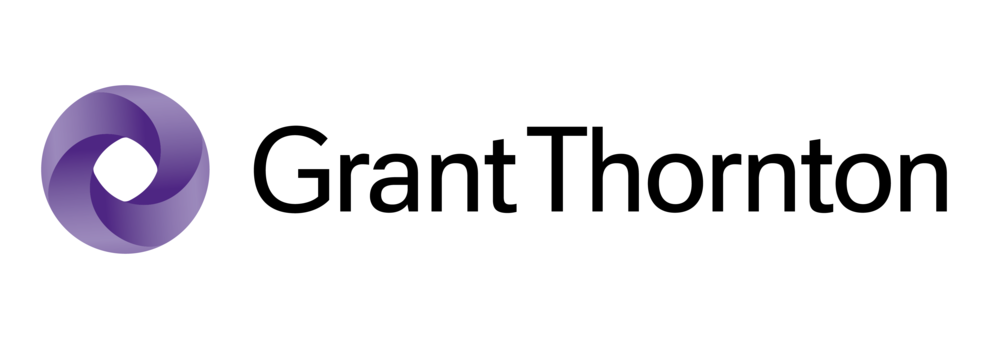

In times of economic challenge, don’t just power through the crisis; pause for a pitstop to retune your business for the twists and turns on the road ahead.
As COVID-19 continues to challenge the business landscape, many organisations are now fully focussed on building a level of resilience into their organisations that goes beyond short-term survival and will achieve a velocity that returns the business to a growth trajectory.
So where do you begin? Businesses actively responding need to look at the following external drivers.
Get to know your customers again
Understanding your customer's new world has never been more critical. Businesses will become irrelevant to their customer base if they fail to understand the changing behaviours and priorities brought about by the pandemic.
Audit your customer analytics
The right data analytics can give you a real-time overview of what is going on among your customers when activity picks up. There are plenty of tools to consider including:
-
natural language processing and machine learning that can identify sentiment, key themes and trends in recorded calls with your customers
-
social media monitoring can help you measure customer sentiment in the online environment
-
transactions and personal data analysis to alert you if customers are in a high-risk category following income drops or a sudden increase in expenditure, or are otherwise vulnerable

Communicate with your customers
While data analytics can give you actionable insights, customer communication remains more valuable than ever from both a basic survival and future trends perspective. Really engaging with clients is vital; it can flush out any challenges they are facing and present you with an opportunity to find solutions.
The decline of physical meetings presents challenges to relationships, but alternative interactions such as video calling have proven benefits of their own, and with people spending less time travelling there is more time to make those calls. Additionally, when you're talking to clients in their homes, it's almost a better, more personal relationship that you're building.
This rapid uptake of new communication challenges has also removed geographical constraints, so this is an ideal time to access new customers and develop key relationships beyond your borders.
Prepare for a new competitive landscape
Knowing where, when and how to overtake your competitors requires planning and a thorough understanding of their strengths and weaknesses. Today’s environment is a hotbed of innovation, quick pivots, divestments and acquisitions as businesses devise new models to recover growth.
How likely is it that your competitors will undercut you? Are businesses outside of your traditional industry going to change what they’re doing? Suddenly you may find that you’ve got competitors that you’ve never had before.
Maintaining your existing competitive edge requires you to exemplify your business’s strengths and differences, and to clearly articulate your superiority over other brands – whether it be price, quality or customer service.
Plan for strategic opportunities
Some direct competitors or suppliers may be under stress and struggling. Distressed assets and low valuations may provide suitable targets for acquisitions now or at a later date.
Being mindful of those potential targets, and being prepared and poised for any possible transaction, will allow you to move rapidly when the time is right. You will need a clear sense of how that acquisition supports your strategy, and how those targets align or complement your operating capabilities.
Prepare to pivot your business quickly
One encouraging aspect of the pandemic has been businesses’ ability to pivot very quickly to where the demand is. This will only continue as global and regional economies recover.
Businesses will need to weigh up the short-term and long-term market scenarios and have plans in place which they can execute with speed. Part of that includes examining your competitors' customer base as well as your own, and assessing if you are addressing the right demand and the right customers that will put you ahead or protect you from the competition.
Put your people first
New ways of working have put increased pressure on managers and their teams. Lockdowns and remote working have blurred the lines between business and professional lives, and brought to the fore the physical and mental wellbeing of workforces.
Revisit your wellbeing policies
A happy and healthy workforce equals productive and profitable employees – as well as happy customers. We've helped organisations to look at how robust or present any wellbeing offering or strategy is in their organisations.
Businesses need to recognise the impact of wellbeing on the workforce and ultimately the bottom line; the next step is to work through a process that ensures the business systematically checks in with all staff on a regular basis to make sure that they're okay and provide support if they’re not.

Don’t ignore your culture and values
With so many businesses focused on survival, it is not surprising that culture has slipped off the radar. Often, there’s not enough attention paid to the importance of core values, mission and vision statements, how you treat your people, and how you do business.
Even in these difficult times, businesses need to take the time to demonstrate integrity and their core values, and to communicate with sincerity. While there may be some tough decisions to make around headcount, you need to include many voices around the table and take people with you on this journey. If you start to compromise on your values, then you’ll start to find yourself in hot water.
Rethink your skills strategy for a post-COVID world
The new challenges COVID-19 poses for businesses require new skills to deal with them. Organisations are being forced to snap out of antiquated ways of teaching people, to embrace technology, and adopt a much more inclusive approach to upskilling and reskilling people of all ages, across all communities.
While upskilling has a positive motivational impact on employees, by thinking now about teams' future skill requirements, businesses can position themselves strongly. With some roles having changed drastically to adjust to circumstances, the crisis has allowed people to develop new skills and identify where they fall short.
Consider outsourcing specific roles
With many businesses reluctant or unable to bring in new permanent staff, there is a growing demand for outsourcing. For example, if you needed to hire a team of specialist FMCG marketers, using an agency can be more flexible until there is more certainty.
Or where very specific high-value skills are required, bringing in an individual specialist maybe more advantageous than creating a permanent role. This will benefit both providers and customers who want to be lean.
The track ahead has many sharp bends, and the way forward will be difficult in many industries. Yet the companies thriving in a post-COVID world will be the ones that learned to reinvent themselves during times of adversity.
|
Stacey Davies Partner, Business Advisory Services Grant Thornton New Zealand T +64 9 922 1291 M +64 21 858 050 www.grantthornton.co.nz |

Disclaimer
The views expressed in this content are those of the author, who is also responsible for any errors and omissions. Family Business Association provides this article for your information only. The content of the article should not be taken as advice. If you wish to explore this topic, please consult an advisor who you consider to have the expertise to provide specific advice in relation to your family business.





